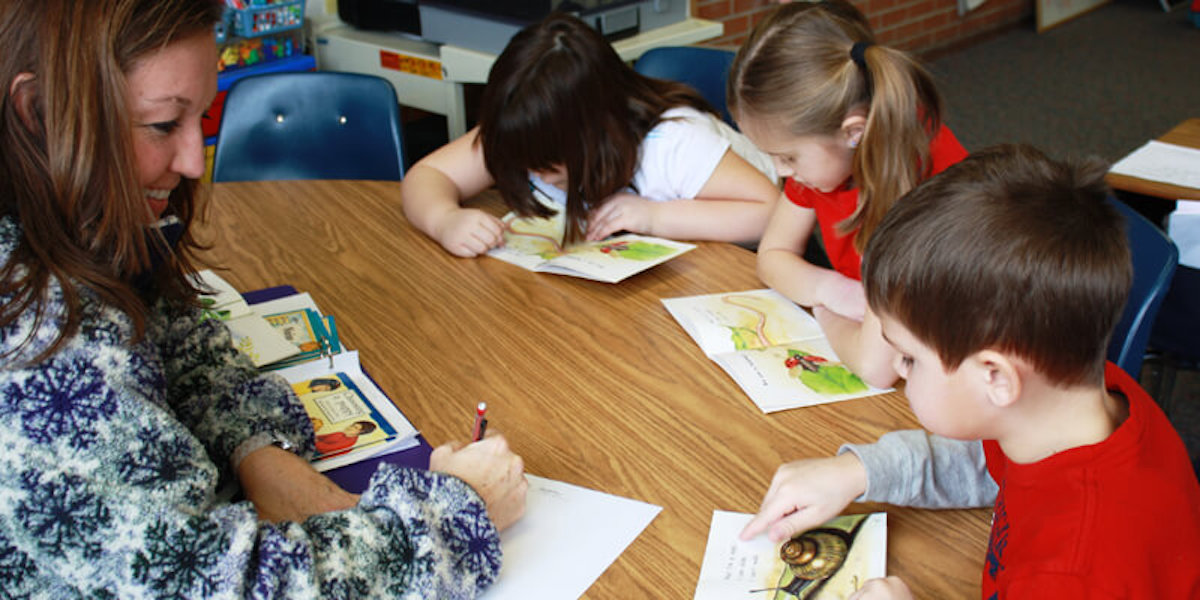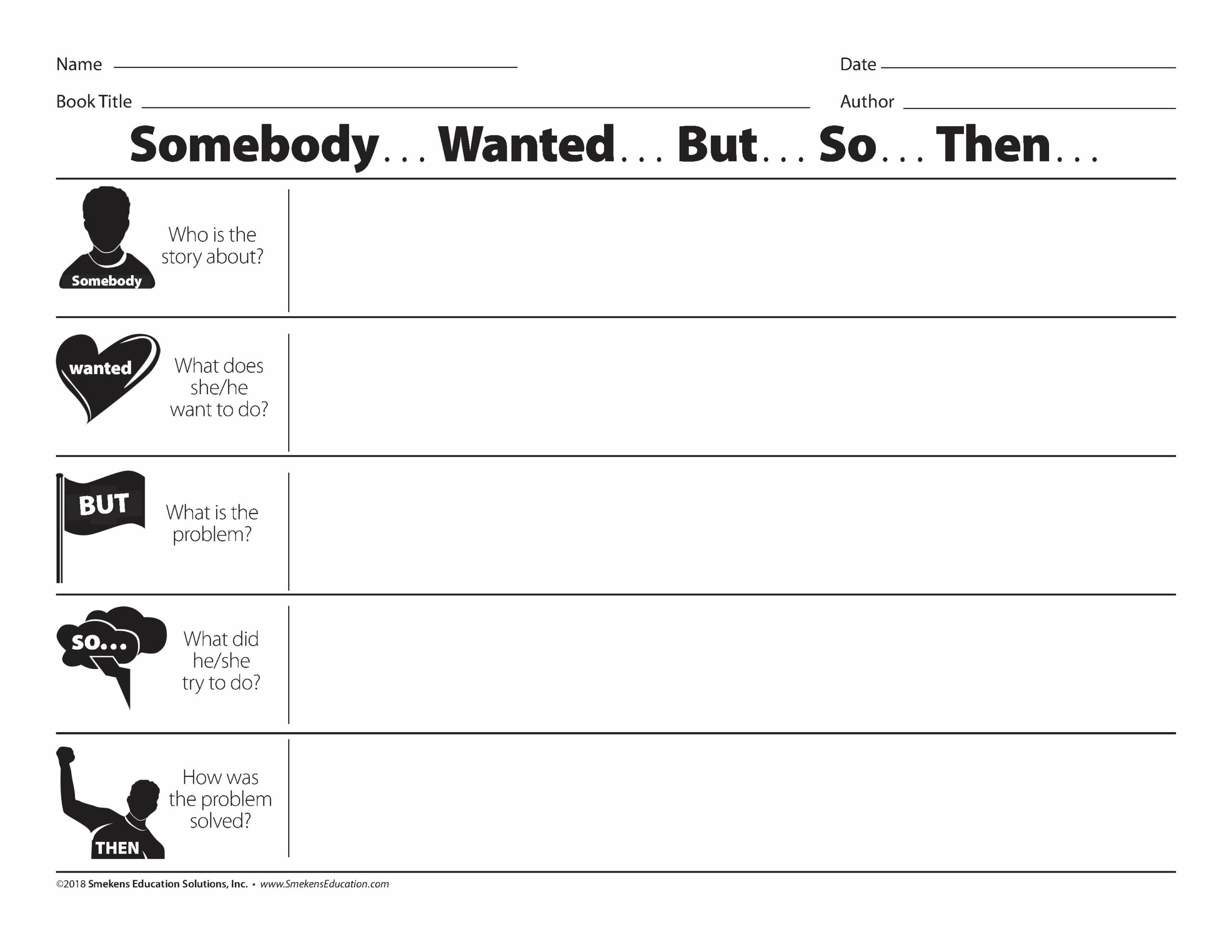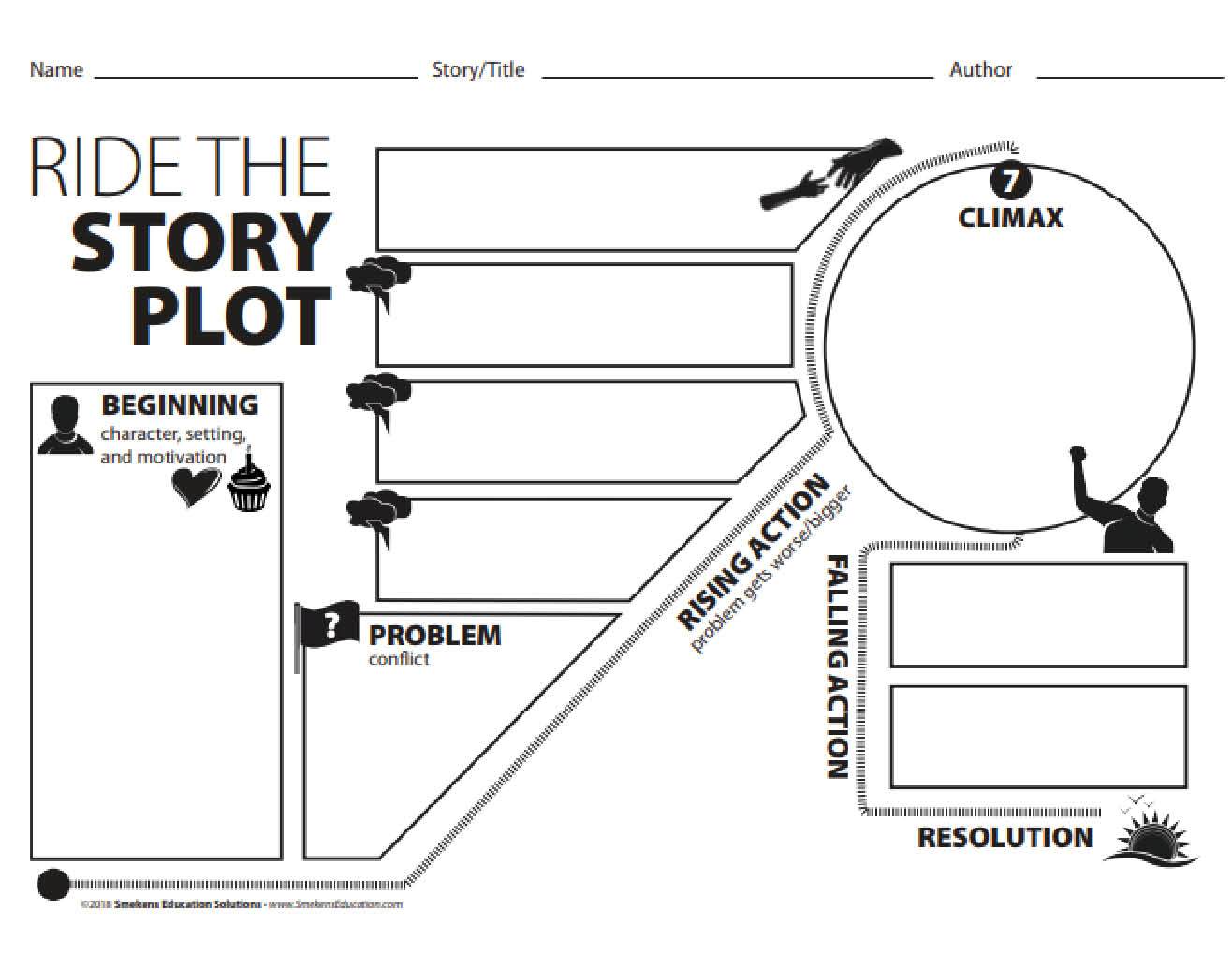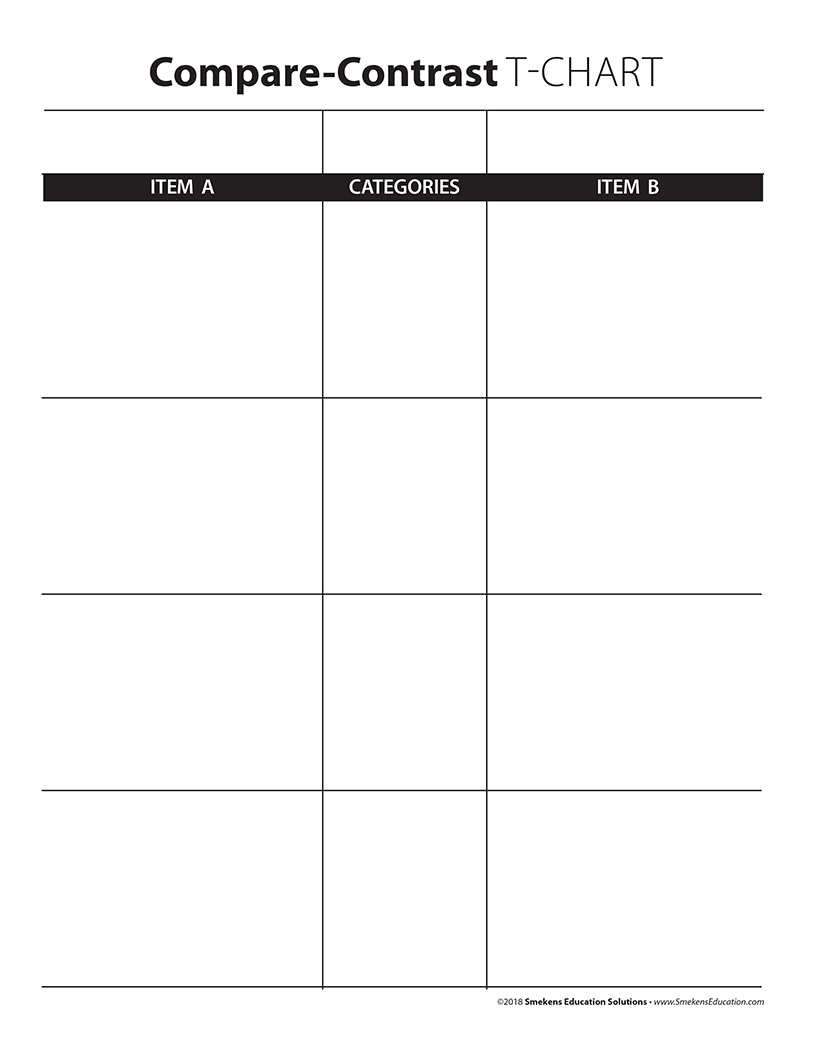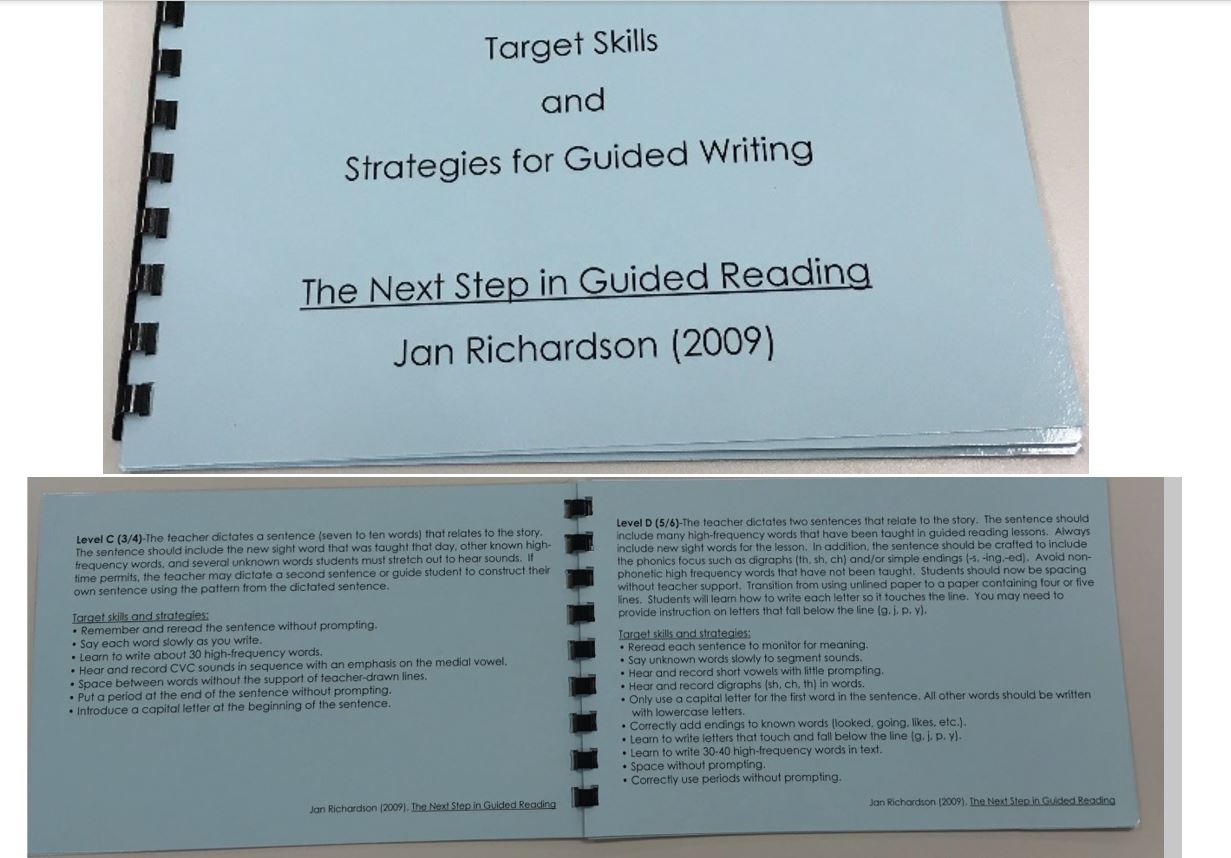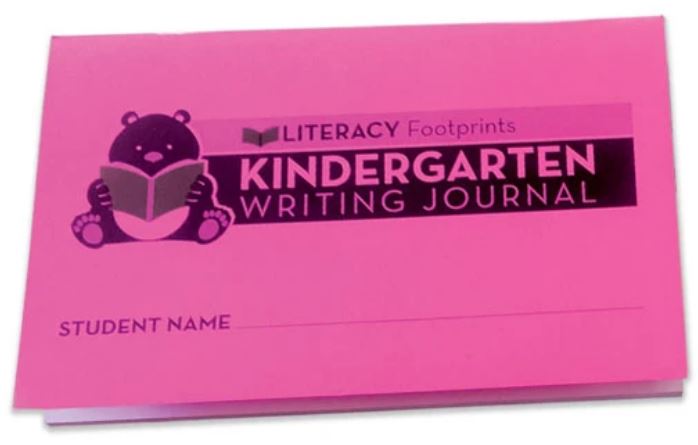Super Saturday
Writing Conference
SECRET SITE
EVIDENCE-BASED WRITING
SESSION 4 | Grades K-2 / ELL Levels 1-2
[HANDOUT]
Incorporate textual evidence in small-group guided writing
Plan guided writing as an after-reading component on Day 2 or Day 3
Match lessons to reader stages.

Pre-A
Levels A-C
(Typical of readers in grades PK-K)
PDF | Word | Google Slide

Emergent
Levels A-C
(Typical of readers in grades PK-K)
PDF | Word | Google Slide
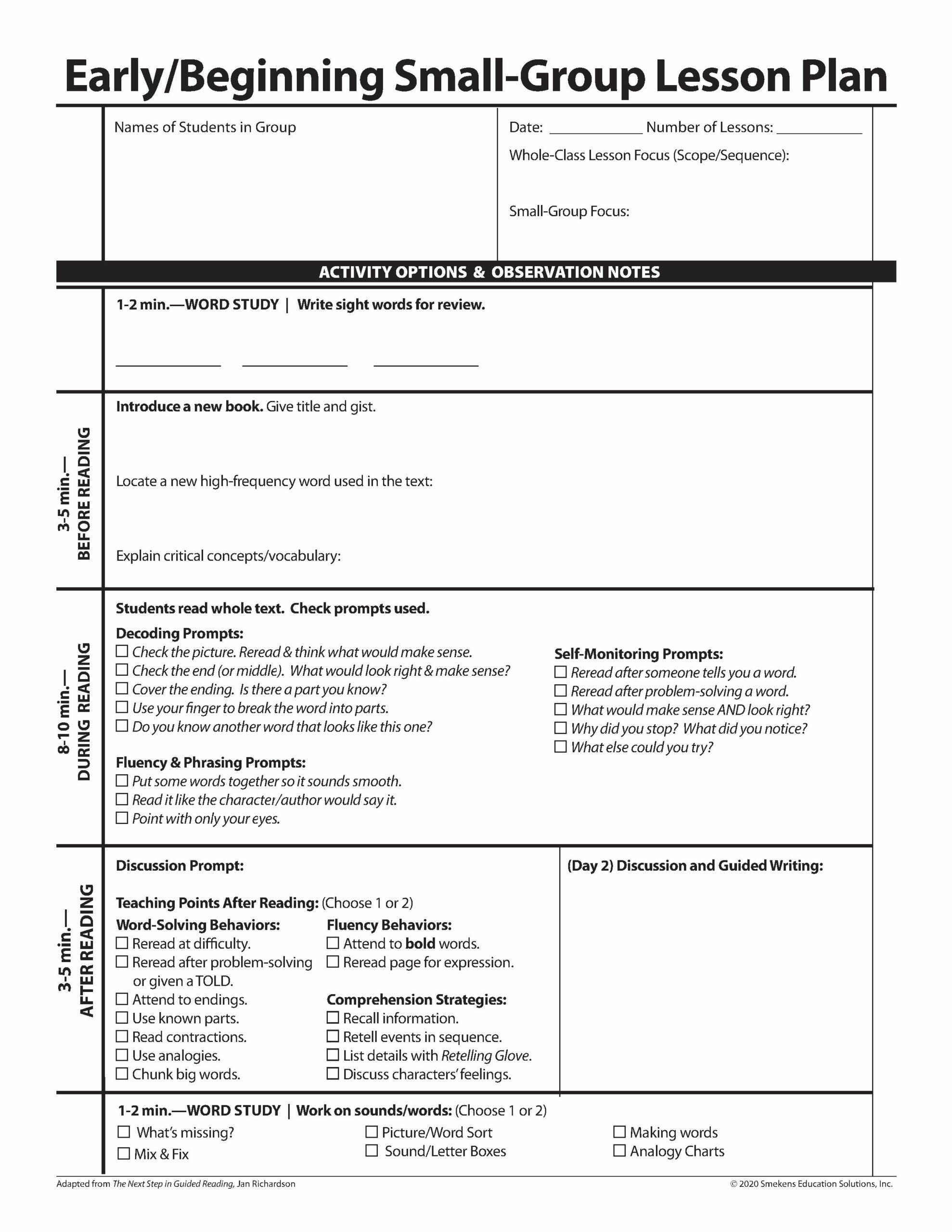
Early/Beginning
Levels D-I
(Typical of readers in grades K-1)
PDF | Word | Google Slide
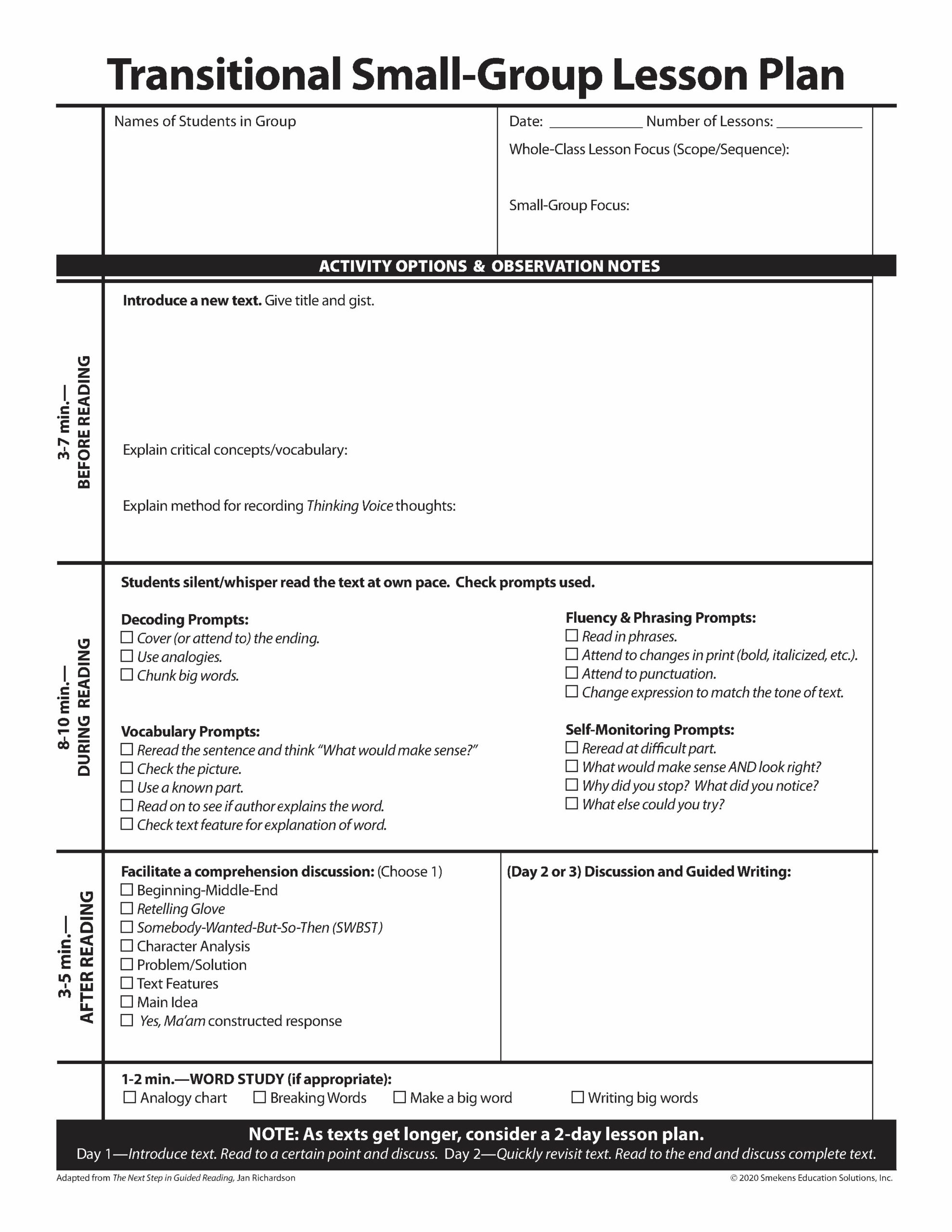
Transitional
Levels J-P
(Typical of readers grades 2-3)
PDF | Word | Google Slide

Fluent
Levels Q-Z
(Typical of readers in grades 4 and up)
PDF | Word | Google Slide
Retell literature using story elements
Use Smekens strategies in the after-reading discussion to facilitate a plan for students to write about the reading.
Support summary writing with frames
Summarize problem-solution text using Somebody…Wanted…But…So…Then…
Summarize nonfiction texts honoring their structure
Take notes utilizing the appropriate graphic organizer that later serves as a pre-write.
Main Idea/Support Detail = Dissected Web
PDF | Google Doc
Acquire additional resources
Jan Richardson’s website offers free resources for guided reading and guided writing lessons.
Watch Jan Richardson scaffolding the writing experience for Transitional Readers by helping students plan key words from the story to use as evidence in their writing about the reading.
Print off Jan Richardson’s free “Target Skills and Strategies for Guided Writing” booklet to help you plan your Guided Writing focus for each text level.
Utilize tools for guided writing instruction and practice
Transitional Stage readers could benefit from a Reader’s Response Journal to hold the graphic organizers for planning and lined paper for their responses.

Use a magnetic dry erase easel to help students plan evidence from the text in the writing.
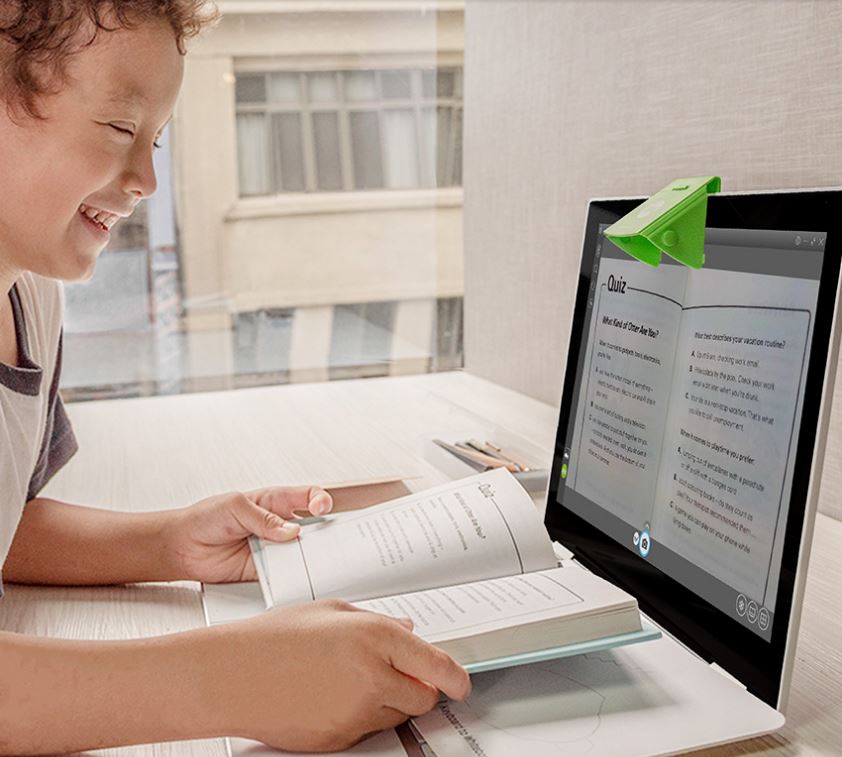
Use the small mirror cam over a student’s computer camera to watch as students write in the journals during remote learning. Use it on your own device to model writing.

Make your own guided writing books with lined paper for writers in the Transitional Stage.

